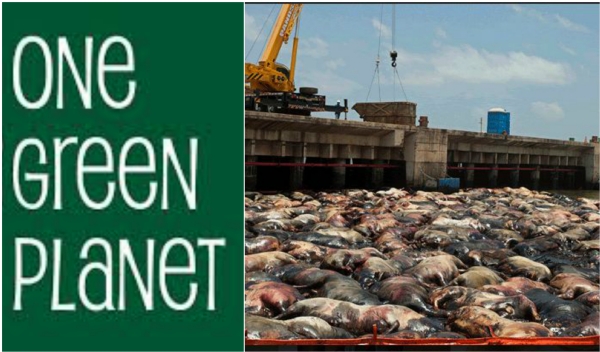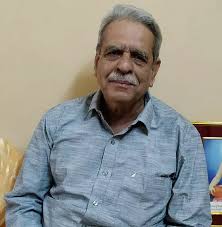The significant work of One Green Planet to awaken the world!
Total Views |
If one considers the amount of meat is produced across the world, half of it comes from cow slaughtering. Out of this meat, half of it is supplied from Indian cattle. No part of the world views cow as 'Gaumaata', so one is ready to give up beef. However, people will accept this if examples are put before them such cow-based farming is done at a cost as low as ten percent to thirty percent due to which organic farming has been three to four times more effective. This has been proved through experiments conducted in the last ten to fifteen years.

As a result, one can be assured that cattle science will enhance to have a better life. Similarly, it can be an answer to the ongoing coronavirus as well as for the future crisis. In India, we have immense respect for the cows, given the cultural and scientific perspective it has. This issue was already known at the level of constitution and legislature as Mahatma Gandhi had mentioned this soon after independence which came to know as cow protection.
However, over the next fifty to sixty years, people introduced a movement for the protection of the cows outside the slaughterhouses on one hand, and on another hand, India became the world's largest beef exporter and hence earned more foreign exchange. Every country in the world is a meat exporter or importer but in the last twenty-five years, the subject of cattle science has succeeded in almost ten areas in which the expenditure has come down to ten per cent. Even if this concept can be spread at much slower pace than the pace it has been spread across, it can be helpful. The concept of cow-based agriculture and cow-medicine are related in some or the other way.
Though there have been class movements, no mass movement has been taken up till now. But, its importance is indispensable for serving the world's pandemics and when the world realizes this, it will automatically become a mass movement.
According to a report sent from Egypt by 'One Green Planet', the world continues to transport 5 million animals for meat every day.The transportation of the animals varies from five days to fifty days and can also be a hundred days. According to the photographs were there during that period, half of the animals transported were already dead even before they reach the ports. This is not only about how much the animals have to endure in such harsh conditions but also the meat of those dead animals that reaches the kitchen tables across the world. Probably, this is how the most of the world's pandemic spread just like the coronavirus. And there is no need to prove that the death toll is increasing day by day but people do not know anything about these origin of the coronavirus.
According to a recent report, the world economy is five years behind schedule and as long as COVID-19 is expected to continue, the world economy will be ten years behind. The main reason is that the meat business has not been handled responsibly. Even after the coronavirus pandemic spread across the world, people are still not handling it properly. It is a fact that most of the major pandemics in the world are caused by animal slaughtering and are spread in many countries due to poor handling.


